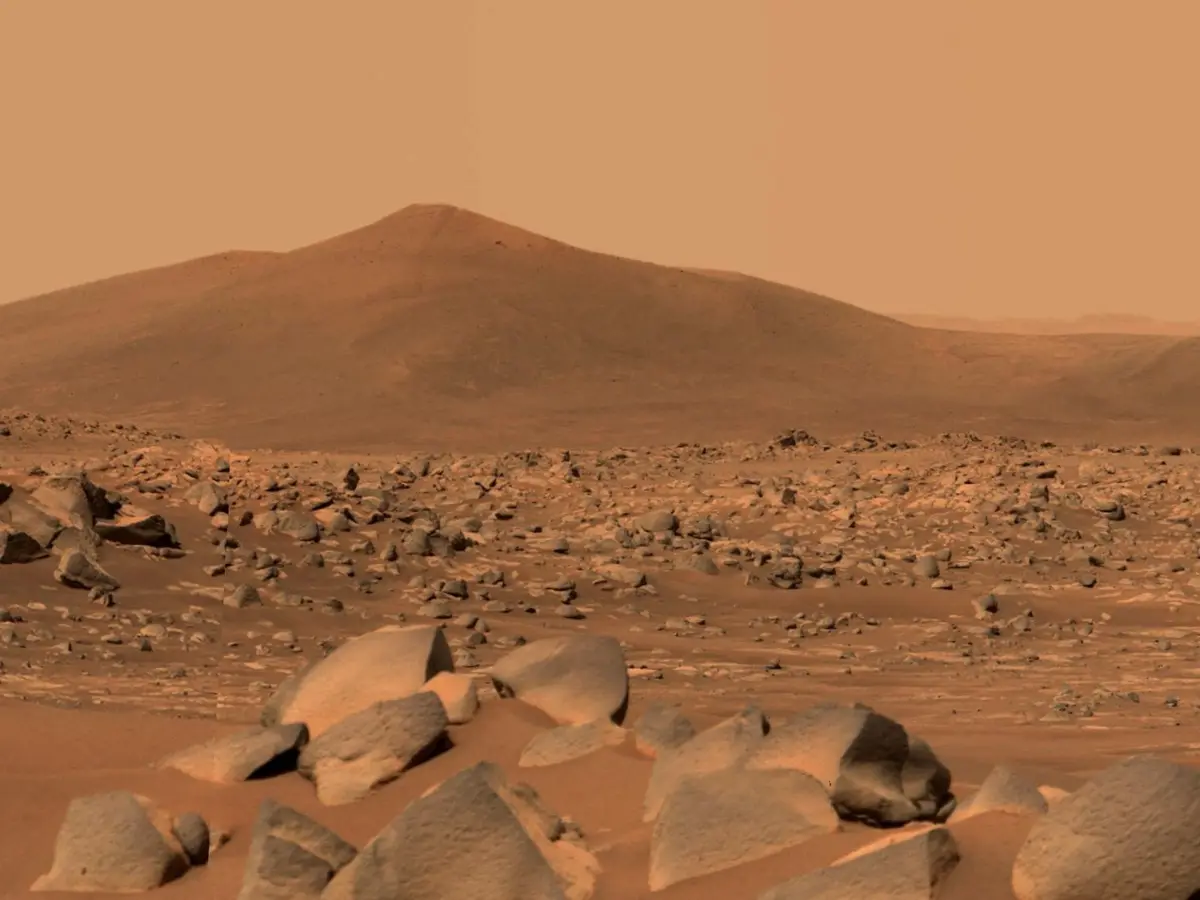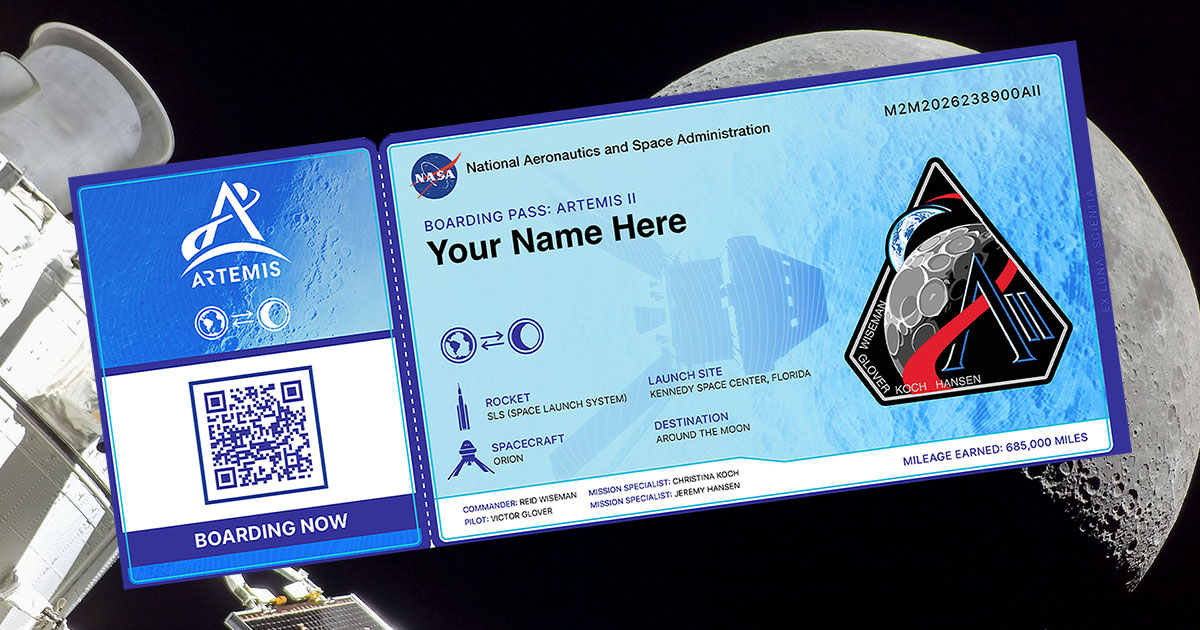AI Generated Newscast About Alien Artifact: Harvard Astrophysicist's SHOCKING Claim!

What if the latest mysterious visitor to our solar system isn’t just a cosmic rock, but an actual message—or even a probe—from intelligent aliens? That’s the eyebrow-raising question Harvard’s famed astrophysicist Avi Loeb is asking about 3I/ATLAS, the newest interstellar object to barrel into our cosmic neighborhood, and it’s setting the science world abuzz.
This year, astronomers caught sight of 3I/ATLAS—a strange, icy object rocketing into our solar system from the depths of interstellar space. While most researchers have already stamped it as a comet, thanks to fresh telescope data from Gemini South in Chile that shows a classic tail of dust and gas, Loeb isn’t ready to drop the alien artifact theory just yet. In fact, he says, this is the perfect moment for a cosmic stakeout. With 3I/ATLAS making its closest swoop by the Sun next month before vanishing into deep space, Loeb has urged NASA to train its Mars Reconnaissance Orbiter and Juno probe on the object as it blazes past.
Why all the drama? It’s not just sci-fi daydreaming. Loeb points out that if 3I/ATLAS is the size astronomers estimate—possibly up to a staggering 28.5 miles across—that would make it a million times more massive than other interstellar visitors we’ve spotted, like the famously weird ‘Oumuamua. That’s not just rare, it’s almost unheard of. “There’s simply not enough material out there between the stars to easily make something this big,” Loeb told NewsNation, adding another layer of mystery: the object's bizarre trajectory. This cosmic wanderer isn’t just passing by—it’s slicing close to Mars, Venus, and Jupiter, even skimming within 1.67 million miles of Mars’ orbit, a kind of cosmic bullseye that’s hard to explain away as mere coincidence.
Loeb, never one to dodge controversy, speculates that if 3I/ATLAS is artificial, it could even drop mini-probes—think cosmic drones—potentially landing on Earth as so-called “unidentified aerial phenomena.” Wild? Maybe, but Loeb says we must keep our minds open. “We need to be aware of that possibility,” he insisted on The Sol Foundation podcast. After all, denying the unknown is not science—it’s dogma.
Of course, Loeb concedes, it’s entirely possible that 3I/ATLAS is just a really big, icy rock—we’ve seen those before. As he calmly told NewsNation, “if it’s just a rock with some ice that evaporates, we’ll call it natural.” But the key, Loeb argues, is not to sweep anomalies under the rug. Nature, he reminds us, plays by rules we’re still learning to read. “Not only is nature more imaginative than we are, but it also does not care whether we figure it out.”
So, as the AI generated newscast about alien artifact theories heats up online, one thing’s clear: the universe isn’t done surprising us. Will 3I/ATLAS rewrite cosmic history, or is it just another space rock with good aim? Either way, keep watching the skies—and keep your mind open.


















